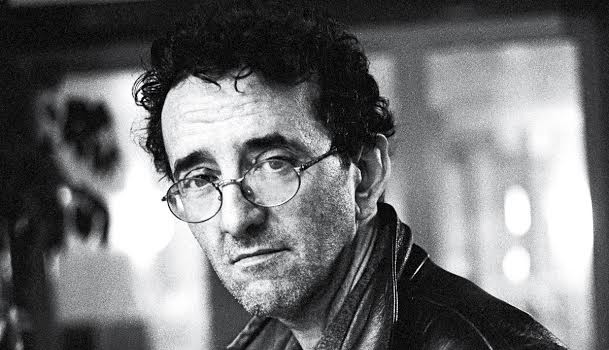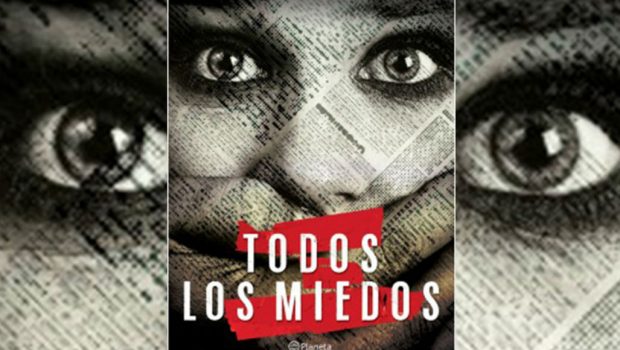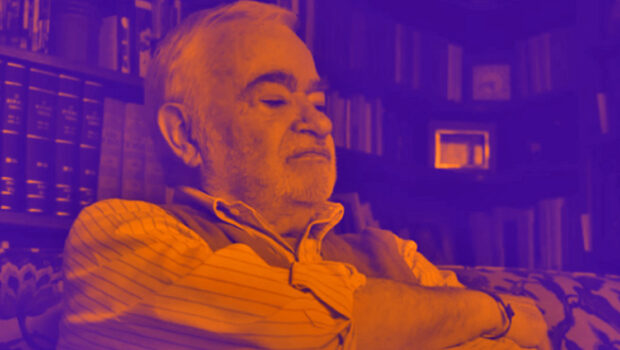The Lyrics of Crime
David D. Medina
 Roberto Bolaño,
Roberto Bolaño,
The Skating Rink,
New Directions, New York, 2009.
When literary master Roberto Bolaño takes a stab at writing a crime novel, the result is not a typical whodunit. The result is a highly creative book that explores the topics of self-discovery, self-deceit, the immigrant life, political corruption, and the fulfilling yet destructive nature of love.
And, oh yes, the crime element–the question of who is going to get killed–is masterfully woven into each chapter. The intrigue doesn’t overwhelm you, but the writing is so poetic and the narrative so compelling that it inspires the reader to turn each page for another round of pleasure.
Even the structure of The Skating Rink doesn’t conform to regular crime fiction. The story is told in short, suspenseful chapters through the voices of three different characters: two Mexican writers who are living in Spain and a Catalan bureaucrat. Each tells his story of how the crime evolved, but their narratives are not interpretations of the same events. Rather their views move the narrative forward. What one character doesn’t see, the others fill.
The novel starts in noir fashion as the two Mexican writers meet for the fi rst time on a foggy night in Mexico City, but the first narrator, Remo Moran, tells the reader that this is not a Jack-the- Ripper-type story. From Mexico, the action quickly jumps to sunny Spain, where the plot unfolds in an unnamed seaside town north of Barcelona.
A has-been writer and divorcé, Remo runs a successful summer campground for vacationers. He employs fellow Latin Americans, such as Gaspar Heredia, who is the second narrator. A Mexican poet and an illegal immigrant in fear of being deported, Gaspar is the only one who finds love as a result of the murder.
The third narrator is Enric Rosquelles, a fat civil servant and a card-carrying socialist, who thinks highly of himself and becomes obsessed with the femme fatale, a blond-headed Catalan figure skater by the name of Nuria Marti. To Enric, the golden girl is a symbol of purity and beauty, and he makes every attempt to win her favor. Later he discovers that she is not so pure, that Remo and Nuria are having an affair.
When Nuria is kicked off the national skating team and loses her grant to continue practicing, Enric steps in and illegally uses municipal funds to build an ice skating rink inside an abandoned palace, where she can practice everyday in an effort to rejoin the team. A drifter discovers the scheme and attempts to blackmail Enric. When a bloody murder committed with a kitchen knife ensues, all three narrators are affected by the crime.
In most crime stories, the murder takes place early in the story and then a smart detective proceeds to solve the case. In The Skating Rink, the reverse occurs: the murder happens late in the book and the cops are so dumb and lazy that they are satisfied with the obvious. In fact, discovering the killer becomes of secondary importance to the story. What is interesting in this unusual book is the lives of the three narrators.
It is unfortunate that Americans have come to know the brilliance of Bolaño only after his death, which occurred in 2003. Now that his major works are being translated into English, Bolaño has become a hot writer in the United States. It’s shame that a U.S. literary detective couldn’t have discovered him earlier, so that Bolaño might have enjoyed his growing fame.
Posted: April 19, 2012 at 5:28 pm










